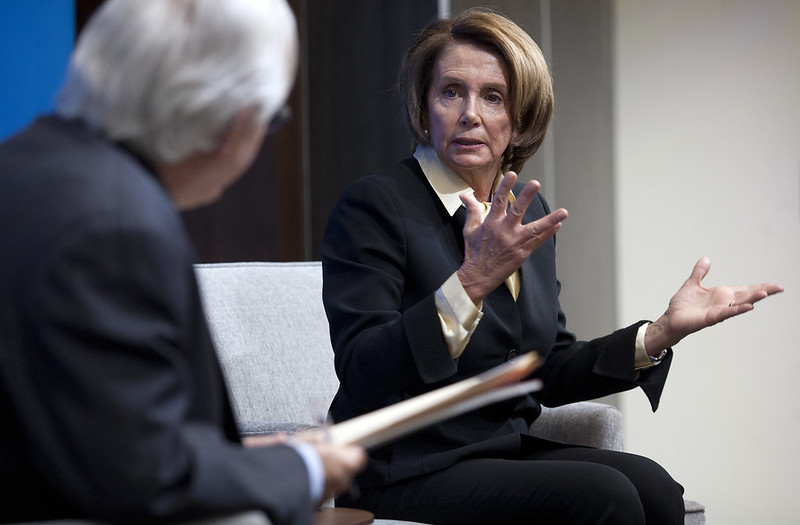
House Speaker Nancy Pelosi’s drug pricing legislation, HR 3, the “Lower Drug Costs Now Act,” imposes a new excise tax on manufacturers of up to 95 percent of sales for refusing government price setting.
This 95 percent tax is imposed on the sales of a drug. In addition, it can be applied retroactively, and is imposed in addition to income taxes.
As noted by The Congressional Budget Office, this tax is used by the government to enforce price controls on manufacturers:
“If manufacturers did not enter into negotiations or agree to prices by specified dates or if they did not meet other conditions, they would be subject to an excise tax of up to 95 percent of the sales of those drugs.”
CBO offers no projection on the total revenue score of this tax. They assume that a manufacturer will either comply with government price setting (which will not trigger the tax) or leave the U.S. market entirely (resulting in a zero liability as the tax is on US sales):
“CBO and JCT anticipated that manufacturers would discontinue sales in the United States if the excise tax was levied on a drug, resulting in no revenue in that case.”
So, how does this tax work?
- This tax is described in the legislation as a “Drug Manufacturer Excise Tax” under Section 102 of the legislation and is imposed “on the sale by the manufacturer, producer, or importer of any selected drug during a day.”
- This tax applies to between 25 and 250 drugs as selected by the Secretary of the Department of Health and Human Services. Eligible drugs include the 125 most expensive “Covered Part D drugs” under Sec. 1860D–2(e) of the Social Security Act, the 125 most expensive drugs in the US, and approved insulin drugs.
- The tax rate is set at 65 percent for the first 90 days of non-compliance, 75 percent for the 91st to 180th days of non-compliance, 85 percent for the next 181st and 270th days of non-compliance, and 95 percent beginning the 271st day of non-compliance.
- The tax is triggered under the following “non-compliance periods”:
- If a manufacturer is out of compliance with the selected drug publication date – defined as April 15 of a plan year that begins 2 years prior to such year – and refuses to enter into negotiations;
- If a manufacturer does not agree to the government set price – described in the bill as the “maximum set price;”
- If a manufacturer fails to provide information on domestic and foreign sales of their drugs as requested by the HHS;
- If a manufacturer fails to provide a retroactive penalty to Treasury for having higher prices than in six countries (Australia, Canada, France, Germany, Japan, and the United Kingdom). Higher price is calculated as both net average price and volume weighted price;
- If the HHS Secretary asks for renegotiation of the price of a drug and the manufacturer does not comply;
- If a manufacturer is out of compliance with the selected drug publication date – defined as April 15 of a plan year that begins 2 years prior to such year – and refuses to enter into negotiations;
- The HHS Secretary is given the authority to apply the tax to sales outside of this period “in the case of a sale which was timed for the purpose of avoiding the tax.”
- Unlike many other taxes in the code, this tax is not deductible when determining income taxes.
- This tax is problematic for a number of reasons:
- It is imposed at such a high rate that it will result in income taxes above 100 percent of income even if applied to a portion of a business’s sales.
- It imposed retroactively, rather than prospectively. Taxes are typically imposed prospectively in order to promote consistency, certainty and fairness. All taxpayers deserve to make decisions based on a reasonable interpretation of the law with the expectation that the future changes to the law will not be applied looking backwards.
- It is imposed on sales, not income. Businesses are typically taxed on their income as it allows them to deduct expenses such as wages and other employee benefits, equipment, and machinery. A tax on sales is imposed irrespective of whether a business made any money.
- It is imposed at such a high rate that it will result in income taxes above 100 percent of income even if applied to a portion of a business’s sales.

